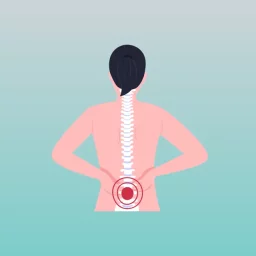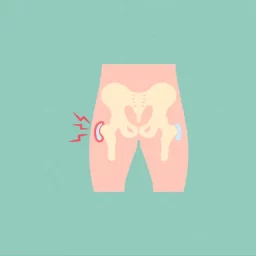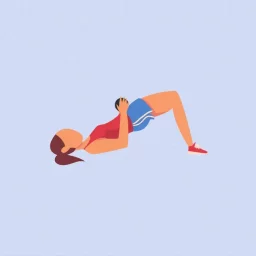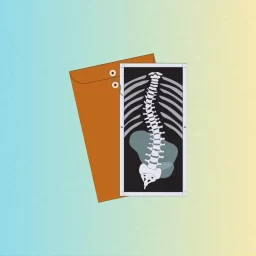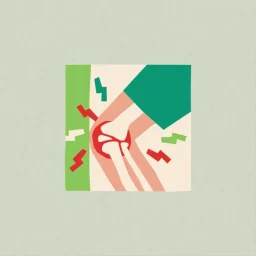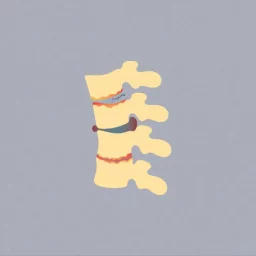Managing Sports Injuries with Professional Care: A Game Changer
Preventing sports injuries involves a combination of proactive measures before, during, and after physical activity. Here are several key strategies from professionals to help reduce and manage sports injuries:
Preventing sports injuries Before Physical Activity:
Warm-up Properly:
Begin each session with a dynamic warm-up that includes movements to increase heart rate, elevate body temperature, and activate muscles. This prepares the body for more intense activity and helps prevent strains and sprains.
Conditioning and Strength Training:
Maintain overall fitness through regular conditioning exercises and strength training that target muscles used in your sport. Strong muscles provide better support to joints and help absorb impact during activities.
Use Proper Technique:
Learn and practice correct techniques for your sport under the guidance of a qualified coach or trainer. Proper form reduces the risk of overuse injuries and acute injuries in sports caused by incorrect movements.
Gradual Progression:
The professionals recommend an increase the intensity, duration, and frequency of training gradually over time to allow your body to adapt and strengthen. Avoid sudden spikes in activity levels. This will help reduce the risk of injuries over time.
Stay Hydrated and Maintain Nutrition:
Drink plenty of fluids before, during, and after exercise to stay hydrated. Maintain a balanced diet rich in carbohydrates, proteins, fats, vitamins, and minerals to support energy levels and muscle function.
During Physical Activity:
Use Proper Equipment:
Wear appropriate footwear and protective gear (e.g., helmets, pads, braces) that fit well and are in good condition. Equipment should be specific to your sport and offer adequate support and protection.
Stay Aware of Surroundings: Be mindful of your environment, including playing surfaces, weather conditions, and potential hazards (e.g., uneven terrain). Adjust your movements accordingly to minimize the risk of falls or collisions.
After Physical Activity:
- Cool Down: End each session with a cool-down period that includes gentle stretching and low-intensity exercises to help gradually reduce heart rate and muscle tension.
- Recovery and Rest: Allow adequate time for rest and recovery between training sessions or competitive events. Listen to your body’s signals of fatigue or pain, and avoid overtraining.
- Monitor and Address Pain: Pay attention to any persistent pain, discomfort, or signs of injury. Promptly seek evaluation and treatment from a healthcare professional to prevent worsening of the condition.
Additional Tips from the professionals for sports injury management:
- Cross-Train: Incorporate a variety of exercises and activities into your fitness routine to prevent overuse injuries and promote overall fitness.
- Educate Yourself: Stay informed about injury prevention strategies specific to your sport or activity. Understand common injury patterns and take proactive steps to mitigate risks.
- Consult Professionals: Work with coaches, trainers, and healthcare providers who specialize in sports medicine and injury prevention. They can provide personalized guidance and recommendations based on your individual needs and goals.
By incorporating these strategies into your routine, you can significantly reduce the likelihood of sports injuries and enjoy a safer and more rewarding athletic experience. For more information or to book an appointment with one of our chiropractors, physiotherapists or massage therapists, visit our clinic websites at Curavita Byward and Curavita Glebe.
Byward Market
Email: info.byward@curavita.com
Glebe
Email: info.glebe@curavita.com

